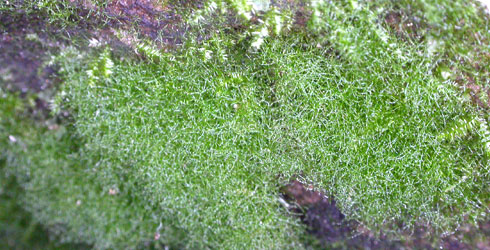Physiology
Both generations of the Killarney fern are extremely shade tolerant.
Gametophytes in particular can survive in areas with less than 0.02% of ambient light (virtual darkness). To accomplish this no strange ultrastructural adaptations have apparently been made (Makgomol & Sheffield, 2001) but the numerous small chloroplasts are very rich in Chlorophyll B which helps in the light harvesting process. As one consequence the species is less well adapted to deal with brighter light, becoming bleached and damaged at even comparatively low intensities.
Compensation points (the light level at which photosynthesis produces as much carbon as respiration burns up) is amongst the lowest recorded (Johnson et al., 2000) largely because dark respiration levels are so low. Low mitochondrial numbers it is postulated may account for this.
The plant is poikilohydric (unable to really regulate its water content). The extremely thin leaves maximise light capture for the minimum investment of resources but with no stomata, the breathing pores which create the transpiration stream in most plants, the big leafy sporophyte plant has no mechanism to generate water movement internally and must therefore, like a moss, rely on atmospheric moisture to remain hydrated. Once relative humidity drops below c. 85% it begins to suffer physiologically and as a consequence it is restricted to areas of constant very high humidity, or those with little air movement.
